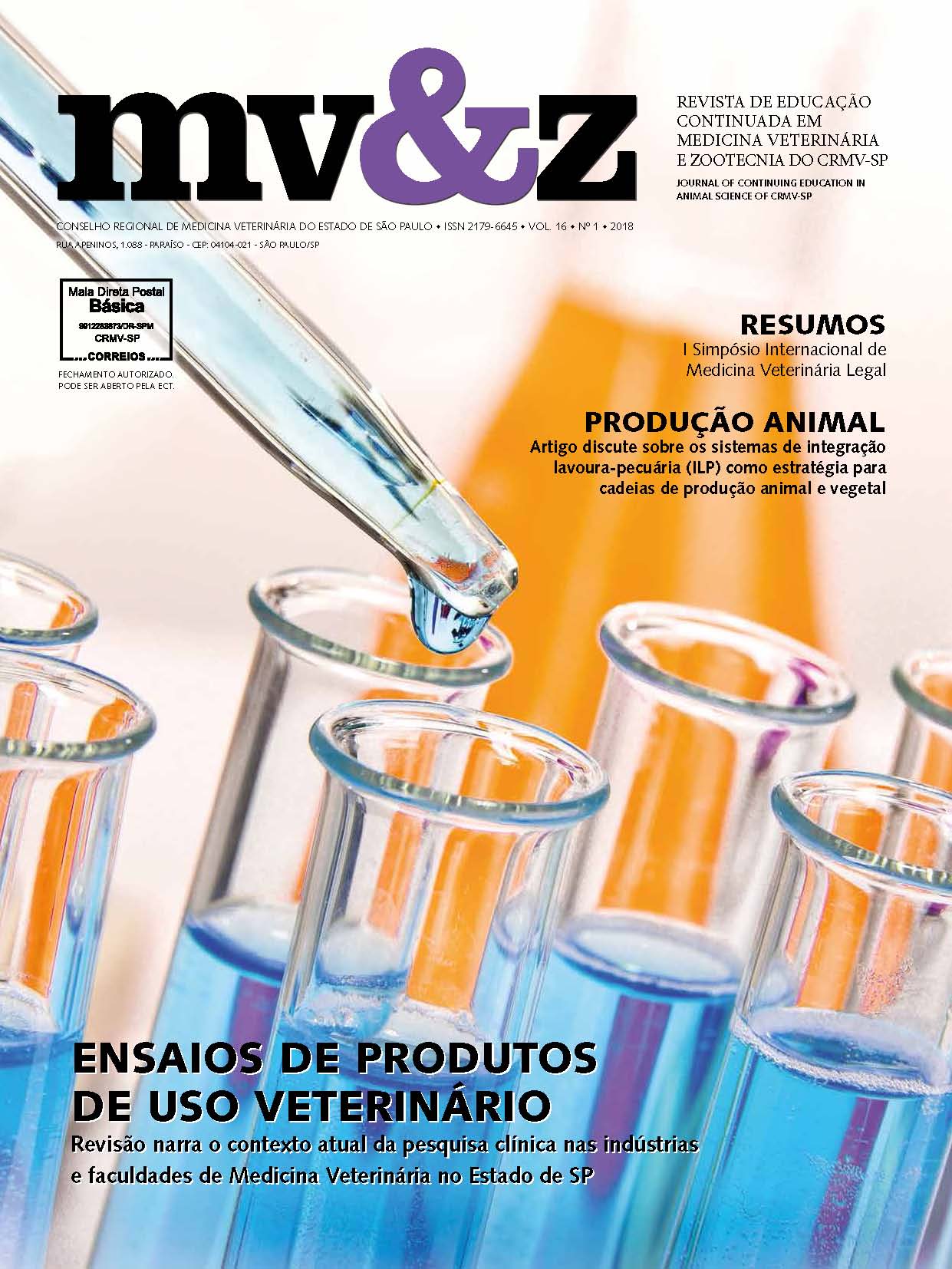Pedro Kenzo Yamamoto
Universidade de São Paulo, Faculdade de Medicina Veterinária e Zootecnia, Departamento de Patologia, São Paulo, SP
Nicássia Sousa Oliveira
Universidade de São Paulo, Faculdade de Medicina Veterinária e Zootecnia, Departamento de Patologia, São Paulo, SP
Geissiane de Moraes Marcondes
Universidade de São Paulo, Faculdade de Medicina Veterinária e Zootecnia, Departamento de Cirurgia, São Paulo, SP
Marianna Manes
Universidade de São Paulo, Faculdade de Medicina Veterinária e Zootecnia, Departamento de Patologia, São Paulo, SP
Mariana de Souza Aranha Garcia Gomes
Universidade de São Paulo, Faculdade de Medicina Veterinária e Zootecnia, Departamento de Patologia, São Paulo, SP
Maria Martha Bernardi
Universidade Paulista, São Paulo, SP
Tiago Antônio de Souza
Universidade de São Paulo, Centro de Facilidades de Apoio a Pesquisa, São Paulo, SP
Sílvia Maria Gomes Massironi
Universidade de São Paulo, Instituto de Ciências Biomédicas, Departamento de Imunologia, São Paulo, SP
Claudia Madalena Cabrera Mori
Universidade de São Paulo, Faculdade de Medicina Veterinária e Zootecnia, Departamento de Patologia, São Paulo, SP
Abstract
The recessive mutant mouse named bate-palmas (bapa) – claps in Portuguese, originates from an ENU (N-ethyl-N-nitrosourea) mutagenesis program, presenting balance impairment and motor incoordination. Exome sequencing identified a mutation in the KMT2D gene, located on chromosome 15, which was confirmed by DNA sequence by the Sanger method. The loss of function of the gene KMT2D, located on chromosome 12 in humans, was described as being responsible for Kabuki syndrome, also known as Niikawa-Koruki syndrome, which is a rare congenital anomaly, autosomal dominant. The clinical phenotype of the disease is variable, but some common characteristics are dysmorphic facial features, skeletal abnormalities, fingerprint alterations, mild to moderate cognitive problems and postnatal growth retardation. The objective os this study was to analyze the behavior and craniofacial morphology of bapa mice comparing to KMT2D gene mutation models described on literature.
